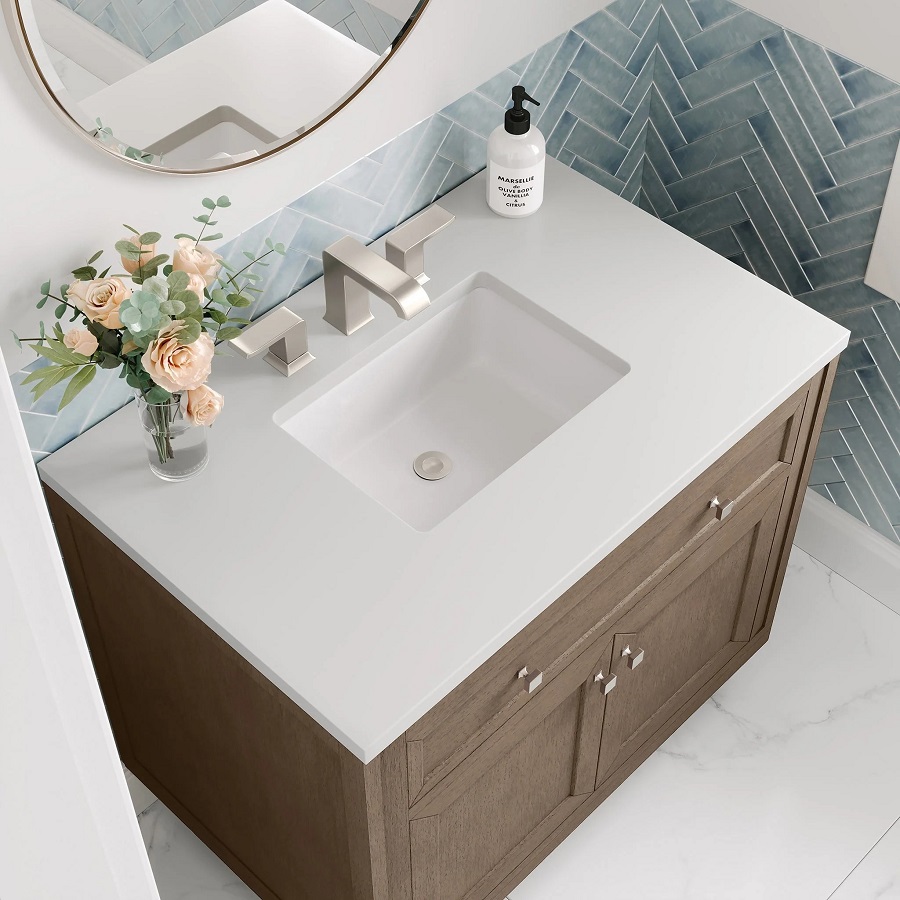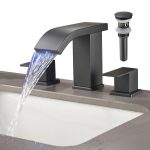Common Causes of Clogged Bathroom Sinks
Identifying the root causes of clogged bathroom sink is vital in preventing future blockages. Here are the common culprits:
- Hair: Usually the main offender, hair binds with grease and other substances to form clogs.
- Soap Scum: Soap residue can accumulate in the pipes, attracting hair and other debris.
- Toothpaste Buildup: Over time, toothpaste can harden inside the drain, reducing water flow.
- Foreign Objects: Small items, like bottle caps or jewelry, can accidentally fall into the drain and obstruct water passage.
- Excessive Use of Toilet Paper: Flushing too much toilet paper can lead to sink blockages, especially in connected plumbing systems.
To avoid these common issues, regular maintenance of your bathroom sink drain is key. This can include using drain guards to catch hair and other solids, as well as periodic cleaning to dissolve soap scum and toothpaste buildup before they become problematic. Being mindful of what goes down your sink will go a long way in keeping the drains clear. Remember to keep an eye out for the signs that signify a clogged sink, so you can address the problem before it worsens.
Signs That Your Sink is Clogged
Recognizing the early warning signs of a clogged bathroom sink is essential for quick intervention. Be aware of these indicators:
- Slow Draining: Water pooling and draining slower than normal suggests an obstruction.
- Gurgling Sounds: Unusual noises coming from the drain can mean trapped air, pointing to a blockage.
- Water Backup: Water rising instead of flowing down indicates a severe clog.
- Foul Odor: A persistent, unpleasant smell may emanate from the drain, signaling trapped organic material.
If you spot these signs, it’s time to take action to unclog your bathroom sink drain. Acting swiftly can prevent further complications and potential damage to your plumbing system. In the following sections, we’ll explore various methods to address this common problem.
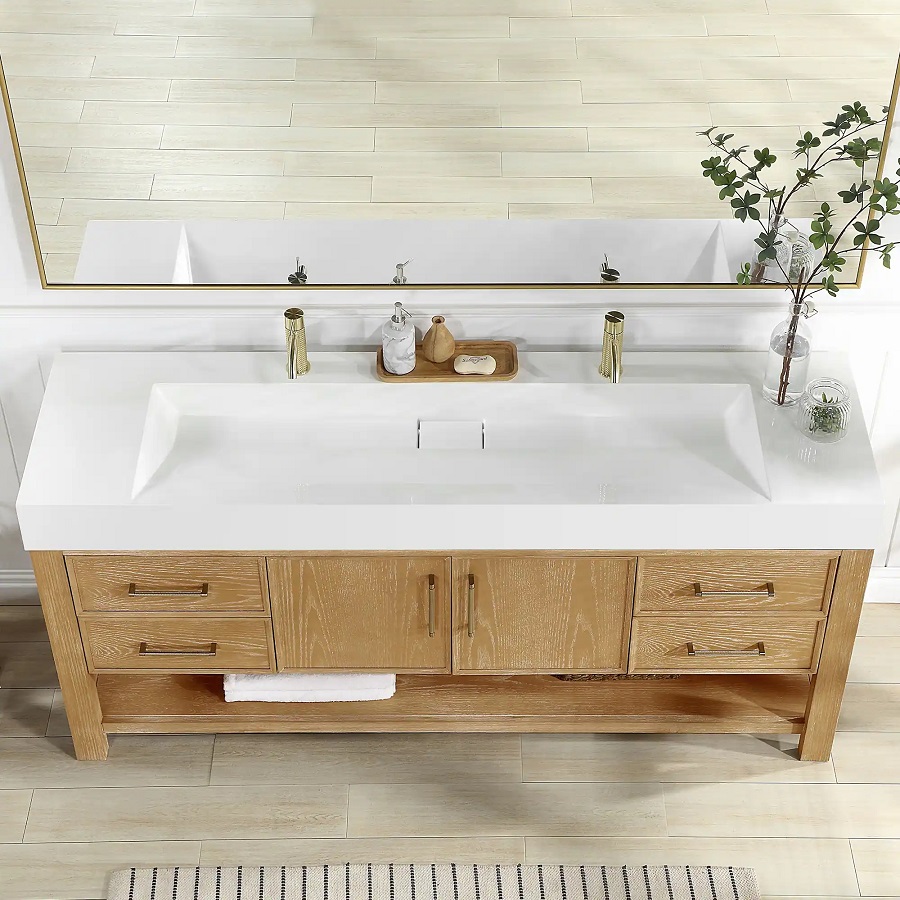
Initial Steps Before Attempting to Unclog Your Sink
Before you dive into the task of trying to unclog your bathroom sink drain, take a moment to prepare. Proper preparation can make the process smoother and prevent damage to your plumbing. Here are some initial steps to follow:
- Clear the Area: Remove any items around the sink. This will give you space to work and prevent items from getting wet or damaged.
- Check the Stopper: Sometimes the stopper mechanism collects debris. Lift it out and clean it thoroughly.
- Inspect the Drain: Shine a flashlight into the drain to see if you can spot the obstruction. This could save you time if the clog is within easy reach.
- Test the Water Flow: Turn on the tap briefly to see how the water flows. If it’s very slow or not at all, you’ll confirm there’s a clog.
- Gather Tools: Prepare tools you might need like a plunger, baking soda, vinegar, or a wire hanger. Having everything at hand will make the unclogging process more efficient.
By following these steps, you’ll be well-prepared to tackle the task of unclogging your bathroom sink drain. Remember, taking these initial steps is crucial for a successful unclog and it helps to prevent causing further issues with your plumbing.
DIY Methods to Unclog Your Bathroom Sink
If you’ve confirmed a clog in your bathroom sink drain, it’s time to take action. There are several effective DIY methods you can use before calling in professional help. Below, we’ll walk through straightforward, step-by-step procedures to unclog bathroom sink drains using common household items.
Using a Plunger
A good old-fashioned plunger can work wonders for clogs.
- Fill the sink with enough water to cover the plunger’s bell.
- Place the plunger over the drain, ensuring a tight seal.
- Pump the plunger up and down vigorously for about 30 seconds.
- Pull the plunger off to create suction, then check if the water drains.
Repeat a few times if necessary. This method often dislodges and breaks up minor clogs.
Applying Baking Soda and Vinegar
This natural combination can effectively clear clogs without harsh chemicals.
- Pour a cup of baking soda directly into the drain.
- Follow with a cup of white vinegar, which will cause a reaction.
- Let the mixture fizz for 10-15 minutes to break down the clog.
- Rinse with hot water to wash away the residue.
This method is particularly good for dissolving organic material and soap scum.
Utilizing a Wire Hanger
A simple wire hanger can be your makeshift drain snake.
- Straighten out the hanger but leave the hook.
- Insert the hook end into the drain and twist it around.
- Slowly pull out to remove hair and gunk.
- Repeat as necessary until the clog is gone.
Take care not to scratch your sink or push the clog further down.
The Wet & Dry Vacuum Solution
If you have a wet & dry vacuum, it can be a powerful tool against clogs.
- Set the vacuum to ‘wet’ mode to handle liquids.
- Create a tight seal over the drain with the hose end.
- Turn on the vacuum to its highest setting.
- The suction power may pull the clog right out.
Make sure to have towels handy as this can get messy.
These DIY techniques can save time and money. Remember to use gentle pressure and patience; forceful actions might damage the pipes. If these methods don’t clear your clog, it might be time to consider other options, like chemical cleaners or professional assistance.
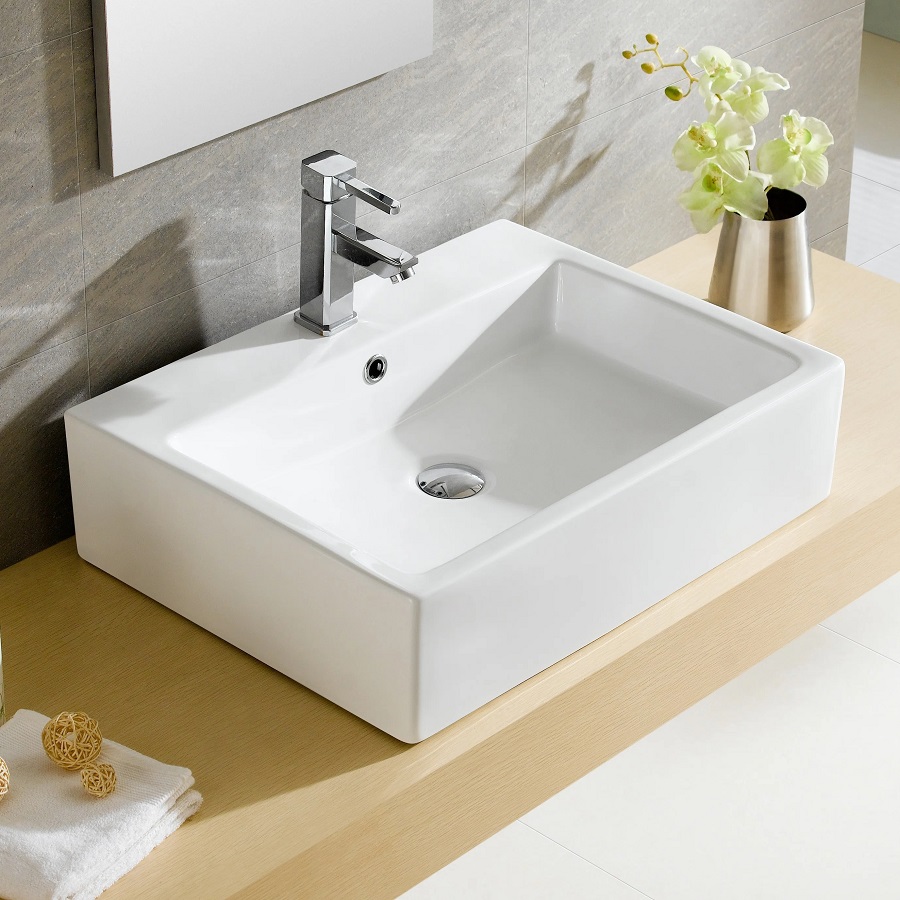
When to Use Chemical Drain Cleaners
Sometimes, DIY solutions can’t tackle a stubborn clog in your bathroom sink drain. In these cases, chemical drain cleaners might be your next step. However, use them with caution and follow these guidelines:
- Only After DIY Methods Fail: Turn to chemicals only after you’ve tried plunging, baking soda and vinegar, or other manual methods.
- Read Instructions Carefully: Before using, always read the product’s instructions. This ensures safe and effective use.
- Use Sparingly: Chemicals can be harsh on pipes. Use them sparingly to avoid pipe damage.
- Proper Ventilation: Always ensure the bathroom is well-ventilated to avoid inhaling fumes.
- Protect Your Skin and Eyes: Wear protective gloves and eyewear to prevent burns from splashes.
- Avoid Mixing Chemicals: Never mix different cleaners. This can cause dangerous chemical reactions.
If the clog persists even after using chemical drain cleaners, it might be deeper or more severe than expected. In this case, continuing to use chemicals won’t solve the issue and could further harm your pipes. Consider calling a professional if the clog doesn’t clear.
Preventive Measures to Keep Your Bathroom Sink Clear
Keeping your bathroom sink free from clogs is crucial for a smooth running plumbing system. Regular preventive measures can save you from the hassle of unclogging a sink later. Here are some easy steps you can take to prevent clogs in your bathroom sink drain:
- Use a Drain Guard: A drain guard can catch hair and other solid particles. This means less debris entering your pipes.
- Regular Cleaning: Weekly cleaning of the sink and stopper can prevent buildup. Use a brush to remove gunk.
- Hot Water Flushing: Pour hot water down the drain regularly. This can dissolve oils and soap scum that may cause clogs.
- Avoid Chemicals: Don’t pour chemicals like paint or nail polish remover down the drain. They can cause damage and create clogs.
- Minimize Toothpaste Residue: After brushing your teeth, thoroughly rinse the sink to prevent toothpaste buildup.
Prevention is the best approach when it comes to bathroom sink drains. By integrating these practices into your routine, you can maintain a clear and functional drain. If you do encounter clogs, refer back to our DIY methods before turning to harsh chemicals or professional help.
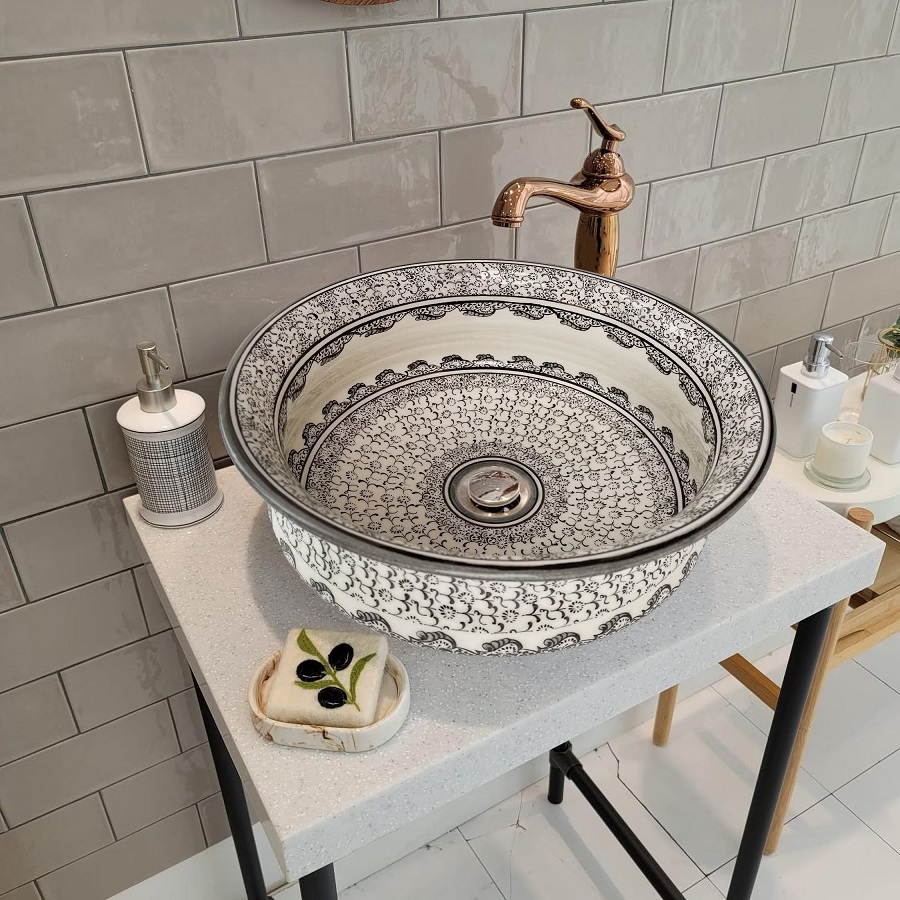
When to Call a Professional Plumber
Despite your best efforts with DIY methods to unclog your bathroom sink drain, there may come a time when you need to call in a professional plumber. Recognizing when that moment has arrived can save you from further plumbing woes. Here are the key signs that it’s time to pick up the phone and seek expert help:
- Persistent Clogs: If the clog returns shortly after your attempts, this could indicate a deep-set or complex blockage.
- Multiple Blocked Drains: When more than one sink is clogged, you might be facing a systemic issue that requires professional tools and skills.
- Overflowing Water: If water overflows when you run a faucet or flush the toilet, the problem might involve the main drain line.
- Water Pressure Problems: A significant drop in water pressure across various fixtures can hint at bigger plumbing problems.
- Unusual Noises: Bubbling or gurgling sounds from drains, not just the affected sink, suggest a problem needs a plumber’s attention.
Professional plumbers have the tools, experience, and training to tackle complex clogs safely and efficiently. They use methods like motorized drain snakes and camera inspections to get to the root of the issue. Also, if the problem lies with sewer lines or vent pipes, these are areas best left to professionals due to potential health hazards.
When you contact a plumber, provide a detailed description of the problem and what you’ve tried so far. This will help them prepare for the job ahead. Keep in mind that trying to fix a severe clog yourself could lead to pipe damage or leaks. Remember, the goal is to resolve the issue, not to make it worse. Call a professional when your efforts don’t bear fruit, and get your bathroom sink drain working flawlessly once again.
